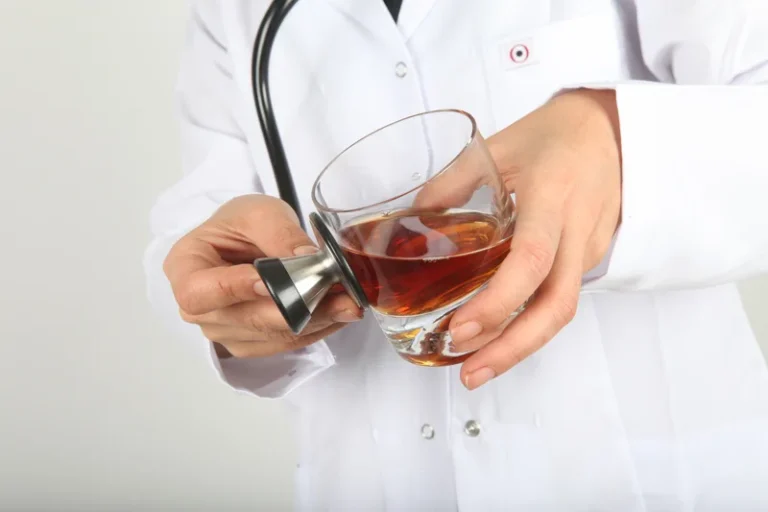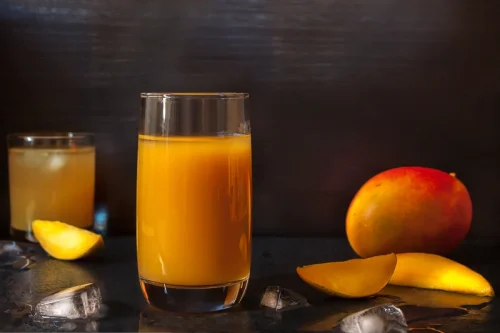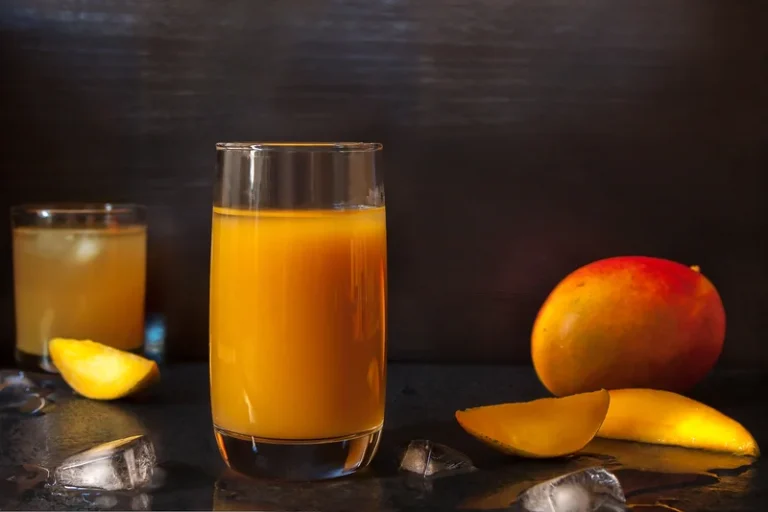19 Pros and Cons of Being a Bookkeeper
23 agosto, 2022What’s Cell Attribution? A Beginners Guide
21 abril, 2023
These complications can include anaphylaxis, worsening of asthma symptoms, gastrointestinal problems, and exacerbation of other allergies. While a mild allergic reaction could be treated by over-the-counter antihistamines, according to Healthline, it is best to contact a doctor for guidance. Its symptoms are usually more painful and uncomfortable than intolerance symptoms, and in rare cases, if untreated, an alcohol allergy can become life-threatening.
What to avoid if allergic to alcohol?
Environmental factors also contribute to the development of alcohol allergy. These can include the frequency and amount of alcohol consumption, exposure to other allergens, and the presence of certain illnesses or infections. For example, regular heavy drinking can increase the risk of developing an alcohol allergy.
- This treatment is especially beneficial for individuals with multiple allergies or those who find it challenging to avoid allergens entirely.
- If you have known allergies and start experiencing symptoms after consuming alcohol, seek medical help.
- You may also have other symptoms, such as nausea, vomiting, diarrhea, dizziness, heart flutters, and a stuffy or runny nose.
- An alcohol allergy is when your body reacts to alcohol as if it’s a harmful intruder and makes antibodies that try to fight it off.
INTIMATE HEALTH

If you think you may be drinking too much, it can feel daunting to ask for help. One of the clearest signs that you’re drinking too much alcohol is that you struggle to stop, indicating a lack of control over your actions. Khalaf analyzed over 1,100 adult cases of anaphylaxis across Canada to examine the severity of reactions triggered by different allergens. Many sulfur compounds exist in wine; most of these are dissolved in the liquid, but some SO2 will also be released in gas form. People are allergic to that vapor form of how to tell if allergic to alcohol SO2—so if wine gives you issues, it’s likely what you inhale, not what you drink, that’s causing the problem. It’s been speculated that SO2 produced in the stomach after ingesting sulfites can also be inhaled and trigger a reaction.
Can I Still Enjoy Wine?

You might have an allergy or intolerance to alcohol—or some of the ingredients used to make the spirit you’re drinking. It’s essential to differentiate between alcohol intolerance and alcohol allergy. Alcohol intolerance is more common and usually manifests as facial flushing, nausea, and a rapid heartbeat after consuming alcohol. This condition is often due to a deficiency in an enzyme called aldehyde dehydrogenase. In contrast, an alcohol allergy involves an immune system response and can be much more severe.
If you feel wasted after getting drunk and your body shows severe withdrawal symptoms, then you are definitely allergic to alcohol. Some people are intolerant to soy, milk, peanuts, etc. but there are people whose bodies just can’t tolerate alcohol, after a certain limit. Although not a true allergy, in some cases, what seems to be alcohol intolerance might be your reaction to something in an alcoholic beverage — such as chemicals, grains or preservatives. Combining alcohol with certain medications also can cause reactions.

Your risk for alcohol allergy increases if you have other food allergies, asthma, or a disease called Hodgkin’s lymphoma. If you think you might be allergic or sensitive to alcohol, it’s important to talk to your doctor. They can help you figure out if you have an actual allergy or sensitivity by running allergy tests or evaluating your symptoms. Be sure to keep track of your symptoms, note what you drink and how it affects you. Remember, everyone’s body responds differently to allergies and asthma.
Why Choose HeyAllergy for Your Allergy Treatment?
This includes regular use of prescribed medication, avoiding known triggers, and maintaining a healthy lifestyle. Alcohol flushing syndrome is a major sign of alcohol intolerance. Your face, neck and chest become warm and pink or Oxford House red right after you drink alcohol.
